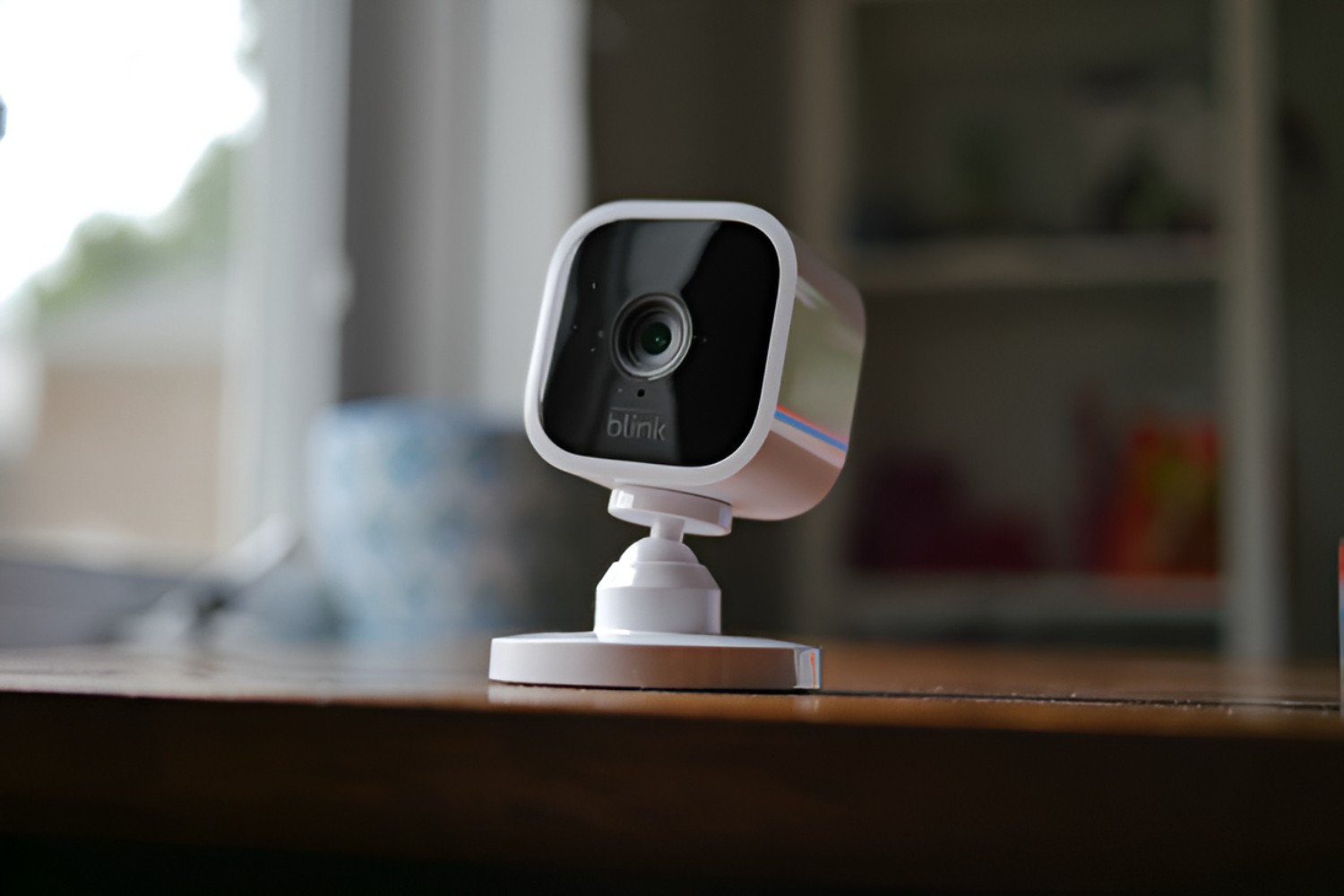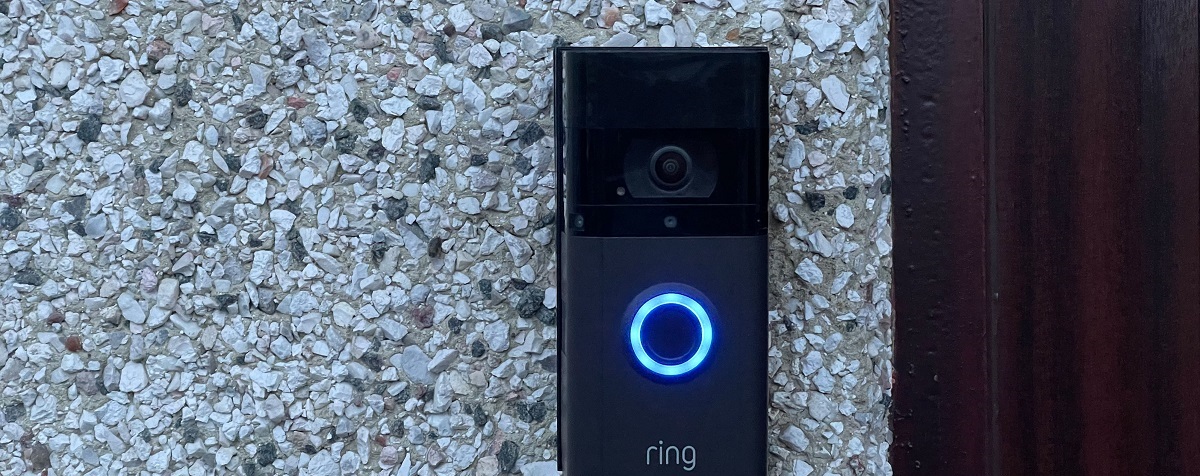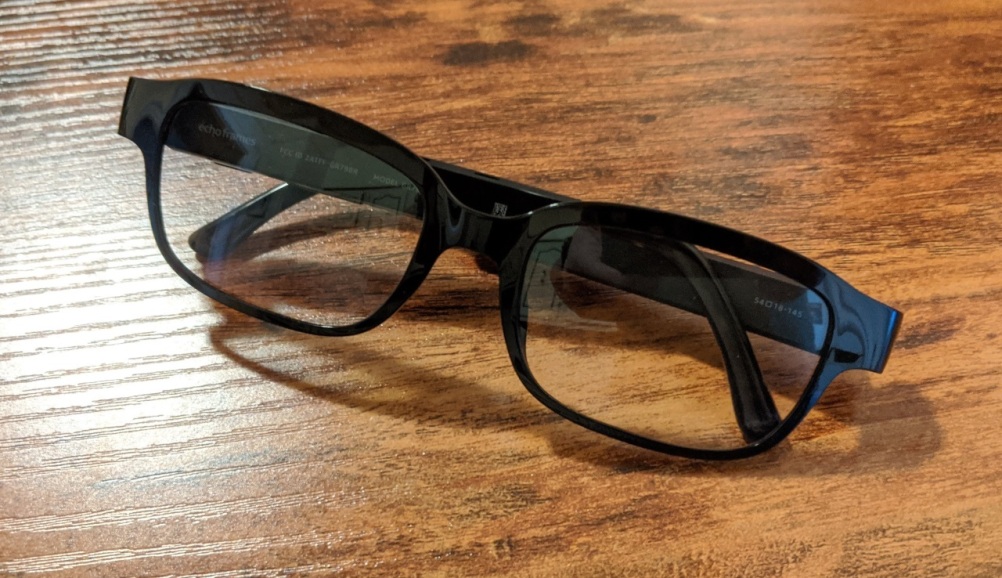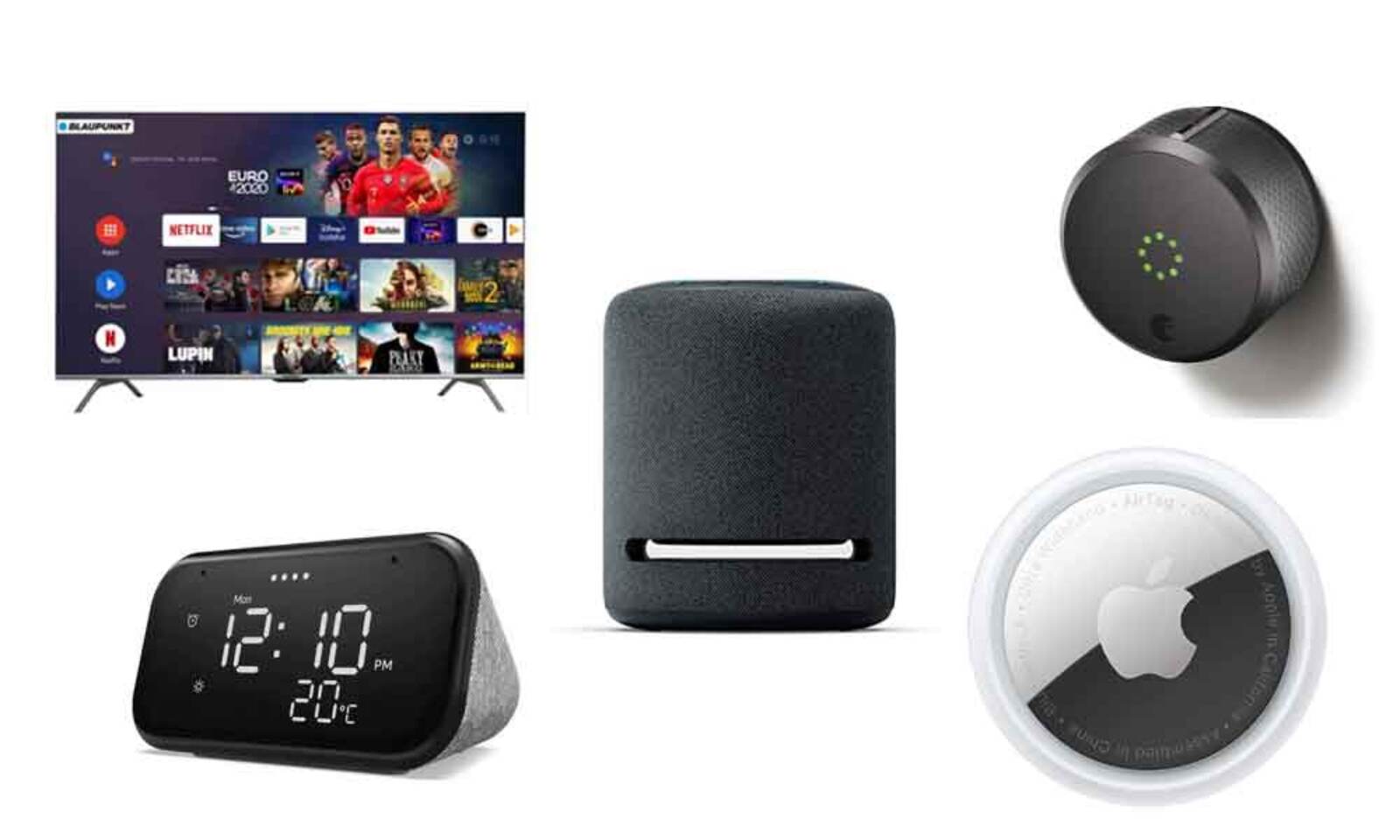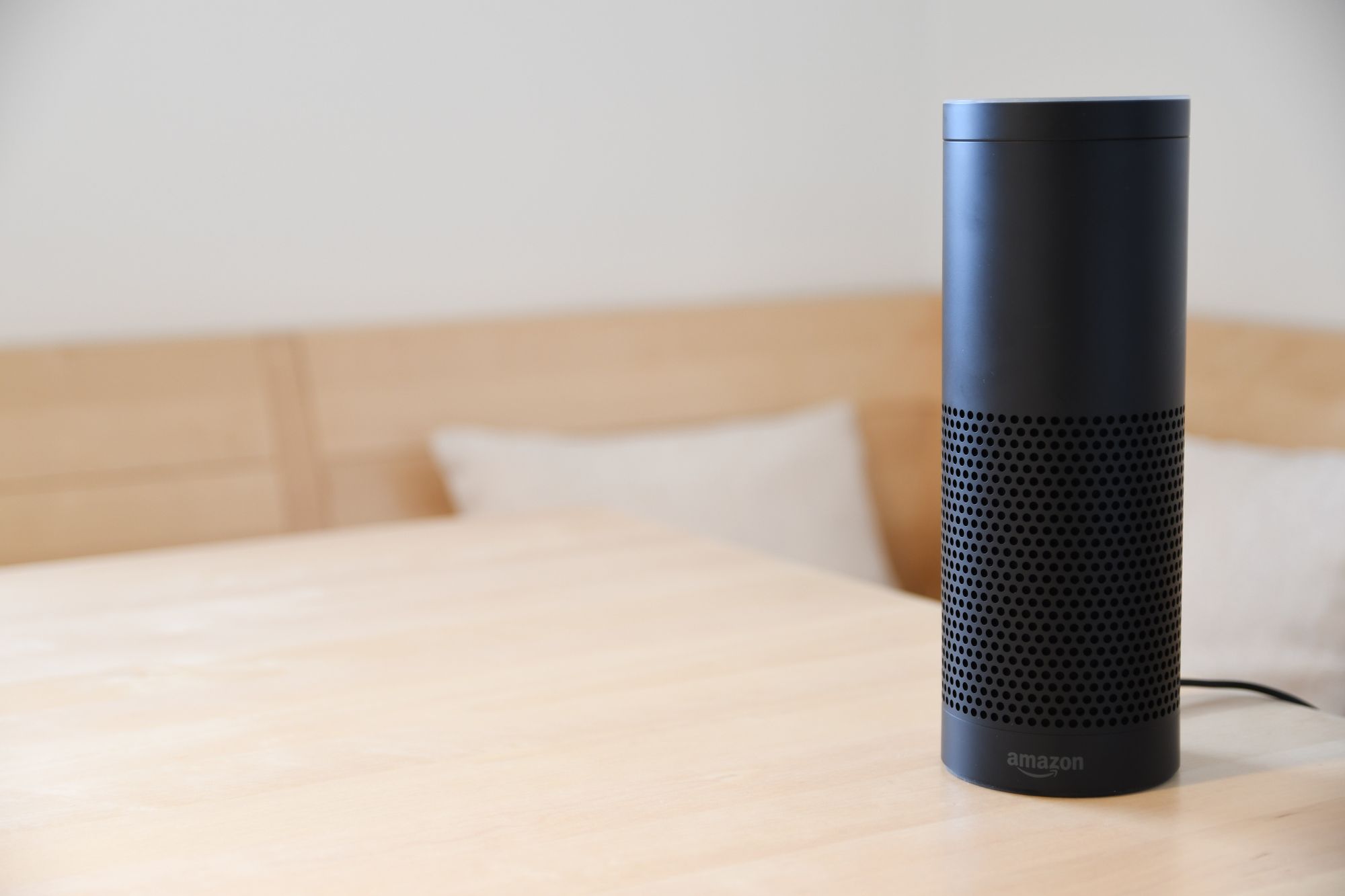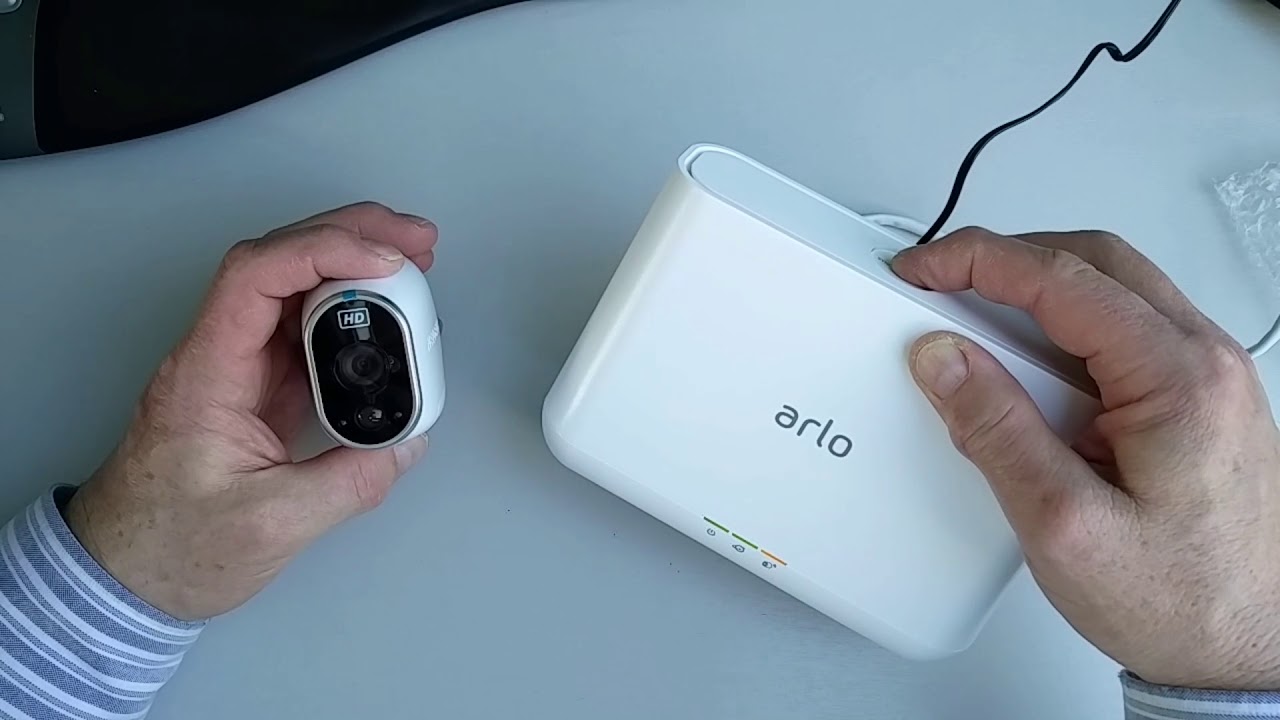Introduction
When it comes to home security, modern technology has revolutionized the way we protect our homes and loved ones. One such innovation is the Blink camera, a cutting-edge device designed to provide homeowners with peace of mind and a sense of security. However, while the Blink camera offers a multitude of features to enhance home surveillance, some users may find the blue light emitted by the camera to be a bit intrusive. In this article, we will delve into the process of turning off the blue light on your Blink camera, providing you with the necessary steps to customize your device according to your preferences.
The blue light on the Blink camera serves as a visual indicator, signaling that the camera is active and in operation. While this feature can be reassuring for some, others may prefer a more discreet surveillance setup. By gaining a deeper understanding of the blue light functionality and learning how to disable it, Blink camera users can tailor their home security system to align with their specific needs and preferences.
In the following sections, we will explore the significance of the blue light on the Blink camera, the reasons for turning it off, and a comprehensive guide to accomplishing this customization. Whether you seek to minimize visual distractions or simply prefer a more inconspicuous surveillance setup, the process of deactivating the blue light on your Blink camera can provide you with the flexibility and control you desire in safeguarding your home.
Understanding Blue Light on Blink Camera
The blue light on a Blink camera serves as a visual indicator, signaling that the camera is active and operational. When the camera is in use, this blue light emits a soft, pulsating glow, providing a clear visual cue that the device is actively monitoring its surroundings. This feature is designed to offer reassurance to homeowners, serving as a prominent indication that the camera is functioning as intended.
The blue light on the Blink camera is not only a practical indicator of the device's status but also serves as a deterrent to potential intruders. Its visibility can act as a visual reminder to individuals that they are under surveillance, potentially deterring any unauthorized activity in the vicinity of the camera.
Furthermore, the blue light can also serve as a helpful tool for homeowners, providing a quick and easy way to verify the camera's functionality at a glance. By simply observing the presence of the glowing blue light, users can confirm that their camera is actively monitoring the designated area, offering peace of mind and a sense of security.
While the blue light on the Blink camera offers these practical benefits, some users may find it to be a bit obtrusive or distracting, especially in certain environments or during nighttime use. The pulsating glow of the blue light may draw unnecessary attention or create visual disturbances in darkened settings, potentially impacting the overall surveillance experience.
Understanding the purpose and functionality of the blue light on the Blink camera is essential for users who seek to customize their surveillance setup according to their specific preferences and needs. By gaining insight into the role of the blue light and the benefits it offers, users can make informed decisions regarding whether to keep this feature active or opt to turn it off for a more discreet surveillance experience.
Why Turn Off Blue Light on Blink Camera?
The decision to turn off the blue light on your Blink camera is a personal choice that stems from various factors and preferences. While the blue light serves as a practical indicator of the camera's status and can act as a visual deterrent, there are compelling reasons why some users may opt to deactivate this feature.
First and foremost, the presence of the blue light may be perceived as visually intrusive in certain settings. For individuals who value discretion and prefer a more inconspicuous surveillance setup, the pulsating glow of the blue light can be a source of distraction, particularly in low-light environments or during nighttime use. By turning off the blue light, users can create a more discreet surveillance experience, minimizing visual disturbances and maintaining a subtle security presence within their homes.
Moreover, in scenarios where the Blink camera is strategically positioned for covert surveillance or discrete monitoring, the blue light may inadvertently draw attention to the camera's location. This can be counterproductive for users who aim to discreetly monitor specific areas without alerting potential intruders or unauthorized individuals to the presence of surveillance equipment. By deactivating the blue light, users can enhance the covert nature of their surveillance setup, allowing the camera to operate discreetly without attracting unnecessary attention.
Additionally, some users may have specific aesthetic preferences or environmental considerations that prompt them to turn off the blue light. In certain home environments or architectural settings, the presence of a glowing blue light may disrupt the visual ambiance or clash with the overall decor. By customizing the Blink camera to operate without the blue light, users can seamlessly integrate the device into their home environment, ensuring that the surveillance system complements the existing aesthetics without compromising functionality.
Furthermore, for individuals who prioritize energy efficiency and wish to minimize the visual impact of electronic devices within their homes, deactivating the blue light can contribute to a more streamlined and unobtrusive setup. By reducing unnecessary visual indicators, users can create a seamless and inconspicuous home security system that aligns with their energy-conscious and minimalist lifestyle choices.
In essence, the decision to turn off the blue light on your Blink camera is driven by a desire for discretion, customization, and seamless integration within your home environment. By understanding the various reasons behind this choice, users can confidently tailor their surveillance setup to align with their specific preferences and needs, ultimately enhancing their overall home security experience.
Steps to Turn Off Blue Light on Blink Camera
Turning off the blue light on your Blink camera is a straightforward process that allows you to customize your surveillance setup according to your preferences. Whether you seek a more discreet monitoring experience or wish to integrate the camera seamlessly into your home environment, deactivating the blue light can provide you with the flexibility and control you desire. Below are the simple steps to turn off the blue light on your Blink camera:
-
Access the Blink App: Begin by opening the Blink app on your mobile device. Ensure that you are logged in to your Blink account and have access to the camera settings.
-
Select the Camera: Navigate to the list of cameras associated with your Blink account and select the specific camera for which you wish to turn off the blue light.
-
Access Camera Settings: Within the camera settings, locate and select the option for "Camera Status Light."
-
Disable the Blue Light: Once you have accessed the "Camera Status Light" option, you will be presented with the choice to enable or disable the blue light. Toggle the switch to the "off" position to deactivate the blue light on your Blink camera.
-
Confirm the Changes: After disabling the blue light, ensure that the changes are saved by confirming the modification within the app. This step ensures that the camera's status light is updated according to your preference.
-
Verify the Setting: To confirm that the blue light has been successfully turned off, physically inspect the camera to ensure that the pulsating glow is no longer visible. This visual verification provides assurance that the status light customization has been applied as intended.
By following these straightforward steps, you can effectively turn off the blue light on your Blink camera, allowing you to tailor the device to align with your specific preferences and needs. This simple customization empowers you to create a more discreet and seamlessly integrated surveillance setup within your home, enhancing your overall security experience.
Conclusion
In conclusion, the process of turning off the blue light on your Blink camera offers users the opportunity to customize their home security setup according to their specific preferences and needs. By gaining a deeper understanding of the blue light's functionality and the reasons for deactivating it, users can make informed decisions to enhance their surveillance experience.
The blue light, while serving as a practical indicator of the camera's status and a potential deterrent to intruders, may be perceived as visually intrusive in certain environments. By opting to turn off the blue light, users can create a more discreet surveillance setup, minimizing visual disturbances and allowing the camera to operate inconspicuously. This customization is particularly beneficial for individuals who prioritize discretion, covert monitoring, and seamless integration within their home environment.
Moreover, the decision to deactivate the blue light is driven by a variety of factors, including aesthetic preferences, environmental considerations, and energy efficiency. By customizing the Blink camera to operate without the blue light, users can seamlessly integrate the device into their home environment, ensuring that the surveillance system complements the existing aesthetics without compromising functionality.
The simple steps to turn off the blue light on the Blink camera empower users to take control of their home security setup, providing them with the flexibility to tailor the device according to their preferences. By accessing the Blink app and navigating the camera settings, users can easily disable the blue light, confirming the changes to create a more discreet and seamlessly integrated surveillance experience.
In essence, the ability to turn off the blue light on the Blink camera exemplifies the user-centric approach of modern home security technology. This customization feature acknowledges the diverse needs and preferences of users, allowing them to optimize their surveillance setup to align with their unique lifestyle and home environment. Whether seeking discretion, seamless integration, or energy efficiency, the option to deactivate the blue light empowers users to create a personalized and effective home security solution.
By understanding the significance of the blue light, the reasons for turning it off, and the simple steps to customize this feature, Blink camera users can confidently enhance their surveillance experience, ensuring that their home security setup aligns with their specific needs and preferences.







